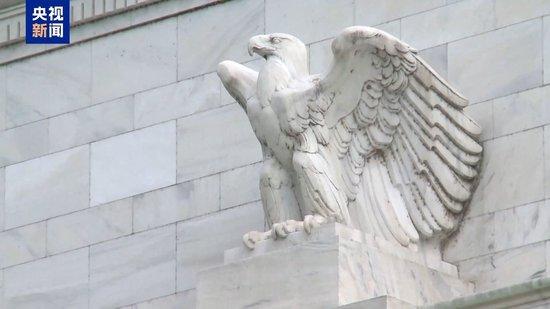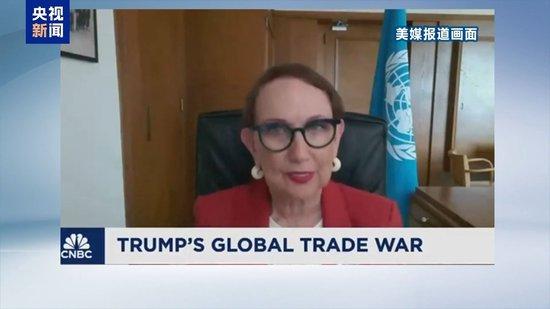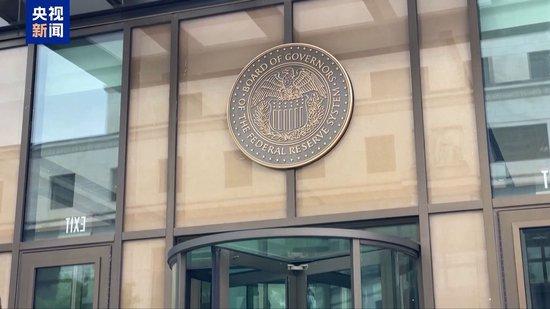






The President of the United States, Donald Trump, recently sent letters to leaders of more than 20 trading partners, stating that tariffs would be imposed on these trade partners starting from August 1st, with tariffs ranging from 20% to 50%. Additionally, he mentioned his intention to uniformly impose tariffs on over 150 other significant American trading partners.
Trump has consistently claimed that tariffs are beneficial for protecting American businesses. However, the “Beige Book” released by the Federal Reserve on the 16th showed that prices across the country have generally risen, and the pressure of tariffs has pushed up business costs.
Domestically, companies are suffering, international opposition is mounting, yet the US continues to implement its “tariff policy” unilaterally.
Over seventy percent of countries and regions globally
On July 16th, the President of the United States, Donald Trump, stated his intention to impose tariffs on more than 150 significant American trading partners uniformly.
Adding to this, there were over twenty trading partners who had already been subject to tariffs from the US and Canada, making it now a reality that over seventy percent of countries and regions around the world will face the US’s tariff policy.
In an interview at the White House, Trump said that for countries with small economies and limited commercial interactions with the US, the US would issue a notice detailing the tariff rates applied to their products. These countries would face the same tariff rates.
Later in the day, during an interview, Trump mentioned that these secondary trading partners might face tariff rates between 10% and 15%, but the US had not yet made a decision on this matter.
Recently, Trump has sent letters to leaders of more than 20 trading partners, stating that tariffs would be imposed on these trade partners starting from August 1st, with tariffs ranging from 20% to 50%. After delaying the expiration date of the so-called “reciprocal tariffs” from July 9th to August 1st, Trump stated that this date “would not change.”
Currently, the US is still negotiating with major trading partners such as the EU, Japan, Canada, and Mexico regarding tariffs. Trump mentioned that the US might impose a 25% tariff on Japanese imports according to the content of the previous letter and could soon reach a trade agreement with India.
The Federal Reserve’s “Beige Book”: Wrong
On the 16th, the Federal Reserve of the United States released its national economic survey report, also known as the “Beige Book.”
The report states that prices across the nation have generally risen, with tariff pressures driving up corporate costs. Additionally, inflation is likely to accelerate by the end of this summer. American media has also warned that implementing more tariffs could further push up prices.
According to the U.S. “Federal Reserve Act,” the United States is divided into 12 federal reserve districts, each with a federal reserve bank. The “Beige Book” from the Federal Reserve shows that from the end of May to early July, all federal reserve districts reported price increases. Businesses in all federal reserve districts reported pressure on input costs due to tariffs, especially for raw materials used in manufacturing and construction.
Despite some businesses temporarily delaying price increases due to customer sensitivity to prices, leading to reduced profit margins, many businesses have passed on part of these costs to consumers through price hikes or additional fees. The report emphasizes that businesses contacted by the Federal Reserve generally expect cost pressures to remain high in the coming months, increasing the likelihood of rising prices starting to accelerate later this summer.
U.S. Analyst: If More Tariffs Are Added, It Will Be Like Burning Oil
Although data released by relevant departments and warnings from industry insiders continuously sound the alarm about the consequences of tariffs, according to previous announcements by the U.S. government, new tariffs will be imposed on multiple countries starting from August 1. CNN warned that new tariffs would further drive up prices.
Financial analysts also stated that this was like pouring oil on fire.
Stephen Katz, financial analyst at Silver Rate Network:
Some things cannot be produced domestically, and increased import costs will push up supermarket prices, directly affecting consumers’ wallets. If we add new tariffs on top of the previous ones, it will undoubtedly be like pouring oil on fire.
The U.S. solar energy companies are accelerating their “stockpiling” efforts.
Earlier this month, President Trump announced that starting from August 1st, tariffs of 50% on all imported copper to the United States would be imposed. Copper is an essential raw material for the manufacturing of solar panels.
This decision has put pressure on domestic solar companies in the U.S.
Michael Allen, CEO of a solar panel manufacturing company in Minnesota, said that the sudden announcement of the tariff on copper was unexpected and caught his company off guard.
Michael Allen, CEO of Minnesota Solar Energy Company:
I want to say, it’s crazy. I haven’t been able to sleep lately. Every (battery) contains two (expanded) 700-foot rolls of copper.
Currently, over 60% of the copper imported into the U.S. comes from Canada and Chile. To stockpile as much raw materials as possible before the tariff takes effect on August 1st, Allen’s company is rushing to place orders, but due to limited capital turnover and storage capacity, the company is under tremendous pressure.
Michael Allen, CEO of Minnesota Solar Energy Company:
Our warehouse manager is anxious for more storage space, which is really difficult. You need to constantly coordinate, adjust plans, change strategies, and communicate with employees and customers again.
Allen candidly stated that the additional costs caused by tariffs will ultimately be passed on to consumers.
Michael Allen, CEO of Minnesota Solar Energy Company:
Ultimately, these are not extra costs and expenses planned for. Unfortunately, most of the time, these costs must be passed on to customers.
Paul Valle, Professor of Business Law at the University of Minnesota:
The worst part is, it brings uncertainty. It’s a reflection of the uncertainty faced by 500,000 small businesses in Minnesota, which are its economic backbones.
U.S. Tariff Policy Faces Contradictions
The U.S.’s approach to imposing tariffs on multiple countries continues to face opposition from various quarters.
The Brazilian government has written to the United States, expressing its outrage over the imposition of tariffs. On the 16th, the Brazilian Ministry of Foreign Affairs and Development, Industry, Trade, and Services sent a letter to the U.S. government, expressing their dismay at the announcement by the U.S. that it would impose a 50% tariff on Brazilian export products starting from August 1st. The letter highlighted that the U.S.’s actions would have a “negative impact” on key sectors of the economies of both countries, endangering the bilateral trade relationship. It reiterated Brazil’s readiness to negotiate with the U.S. to reach a solution acceptable to both sides.
According to reports from American media on the 16th, the Secretary-General of the United Nations Conference on Trade and Development, Rebeca Greenspan, stated that the tariff policies of the Trump administration have caused increased costs in the global supply chain and led to chaos. She warned that the actions of the U.S. could cause the most severe economic harm to the economies of the world’s least developed countries, affecting their stability.
On the same day, John Williams, President of the New York Federal Reserve Bank, mentioned that the impact of the U.S.’s tariff policies on its own economy is still in its early stages and will worsen in the coming months. He predicted that inflation in the U.S. will be pushed up by about one percentage point in the second half of this year and the first half of next year, with this year’s inflation rate potentially reaching between 3% and 3.5%.